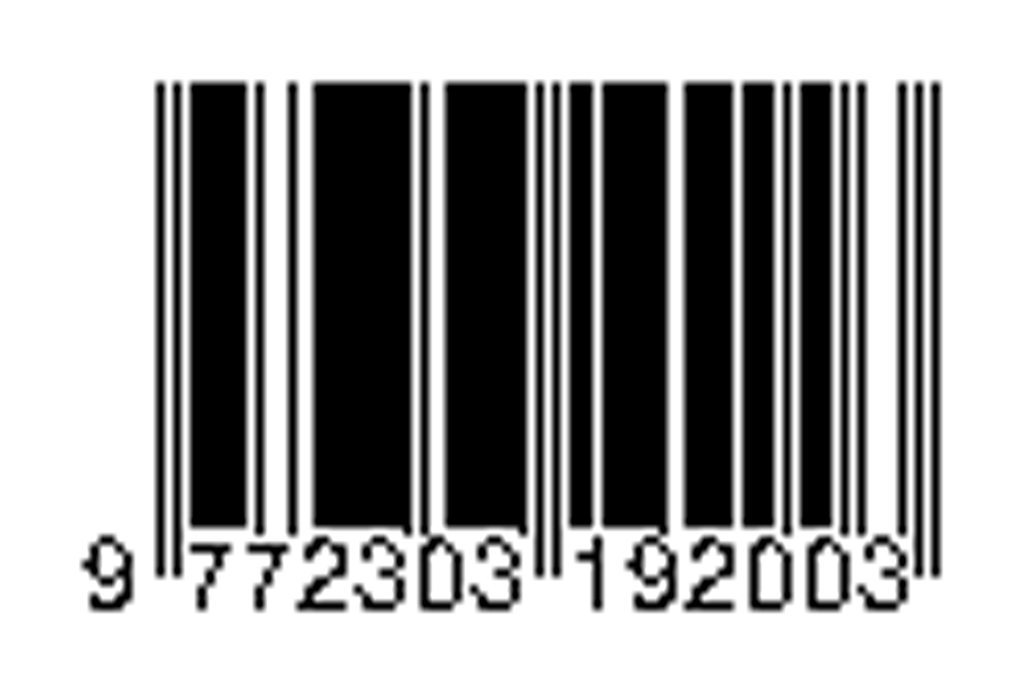The Yoga Practice Frequency, Anxiety Levels, and Quality of Life in Dwijendra High School Adolescents: An Observational Study
Abstract
Introduction: Adolescence is a transitional period marked by physical, cognitive, and psychosocial changes. According to the World Health Organization (WHO), 3.6% of children aged 10-14 and 4.6% of those aged 15-19 experience anxiety disorders. Changes during adolescence, including in physicality, sexuality, cognition, health, and socioemotional aspects, can lead to anxiety, which can disrupt quality of life. Yoga is one method to alleviate anxiety and improve quality of life.
Methods: This study aimed to examine the relationship between the frequency of yoga practice, anxiety levels, and quality of life among adolescents at Dwijendra High School. An observational analytic study with a cross-sectional design was conducted. The sample consisted of 106 students aged 16-18 from Dwijendra High School, who practiced yoga at least once a week. Data were collected using a yoga frequency questionnaire, the DASS-21, and the WHOQOL-BREF.
Results: Bivariate analysis using Spearman’s Rho revealed a significant relationship between the frequency of yoga practice and anxiety levels (p=0.001, r=-0.585), indicating that more frequent yoga practice is associated with lower anxiety levels. The analysis also showed a significant relationship between the frequency of yoga practice and quality of life (p=0.001, r=0.714), indicating that more frequent yoga practice is associated with a higher quality of life. Correlation values for each variable ranged between 0.5 and 0.75, demonstrating a significant relationship between yoga frequency, anxiety levels, and quality of life in adolescents.
Conclusion: There is a significant relationship between the frequency of yoga practice, anxiety levels, and quality of life among adolescents at Dwijendra High School, Denpasar.
Keywords: yoga frequency, quality of life, adolescents, anxiety levels
















